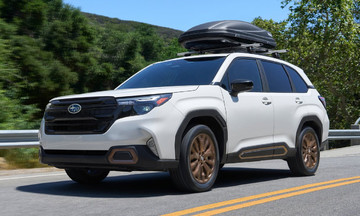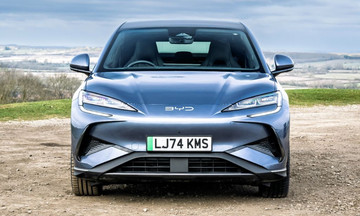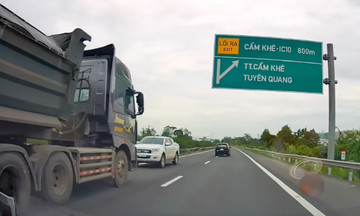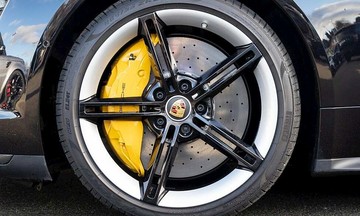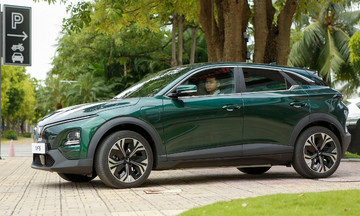At a mid-year fuel supply conference on 25/6, the Ministry of Industry and Trade requested the Domestic Market Management and Development Bureau to collaborate with the Department of Innovation, Green Transition, and Industrial Promotion to propose a roadmap for E10 fuel (10% ethanol) usage, potentially starting 1/1/2026.
Global studies show that biofuel (ethanol-blended gasoline) reduces emissions compared to traditional gasoline. It has been used for a long time in many regions worldwide, led by the US. In 2021, the UK Department for Transport estimated that about 95% of gasoline vehicles globally are compatible with E10, a figure that continues to rise. In the UK, all cars manufactured from 2011 onwards are compatible with E10, and most cars and motorcycles produced since the late 1990s have also been approved by manufacturers for E10 use.
In Vietnam, when E5 fuel replaced A92, many car owners used both E5 and A95, and authorities reported no E5-related vehicle damage. With the upcoming E10, which has a higher alcohol content, owners should carefully check vehicle compatibility.
The best way to check is to consult the owner's manual. All manufacturers specify the acceptable fuel types and precautions. According to manufacturer standards, this information must be in the manual to guide owners and limit manufacturer liability for incorrect fuel use.
Owner's manuals can be physical or digital files found on official websites.
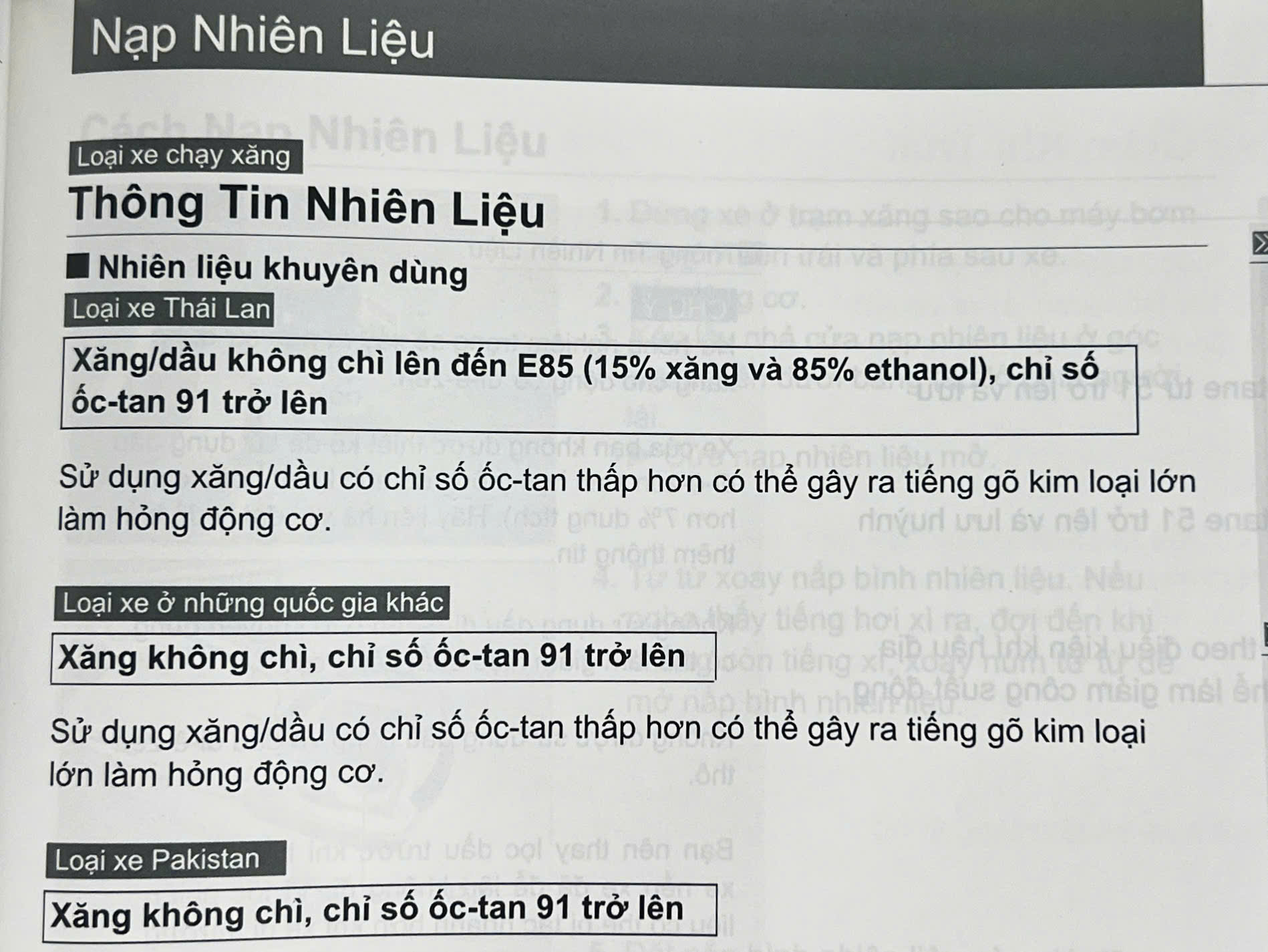 |
Fuel type for the 2021 CR-V. Photo: Minh Hy
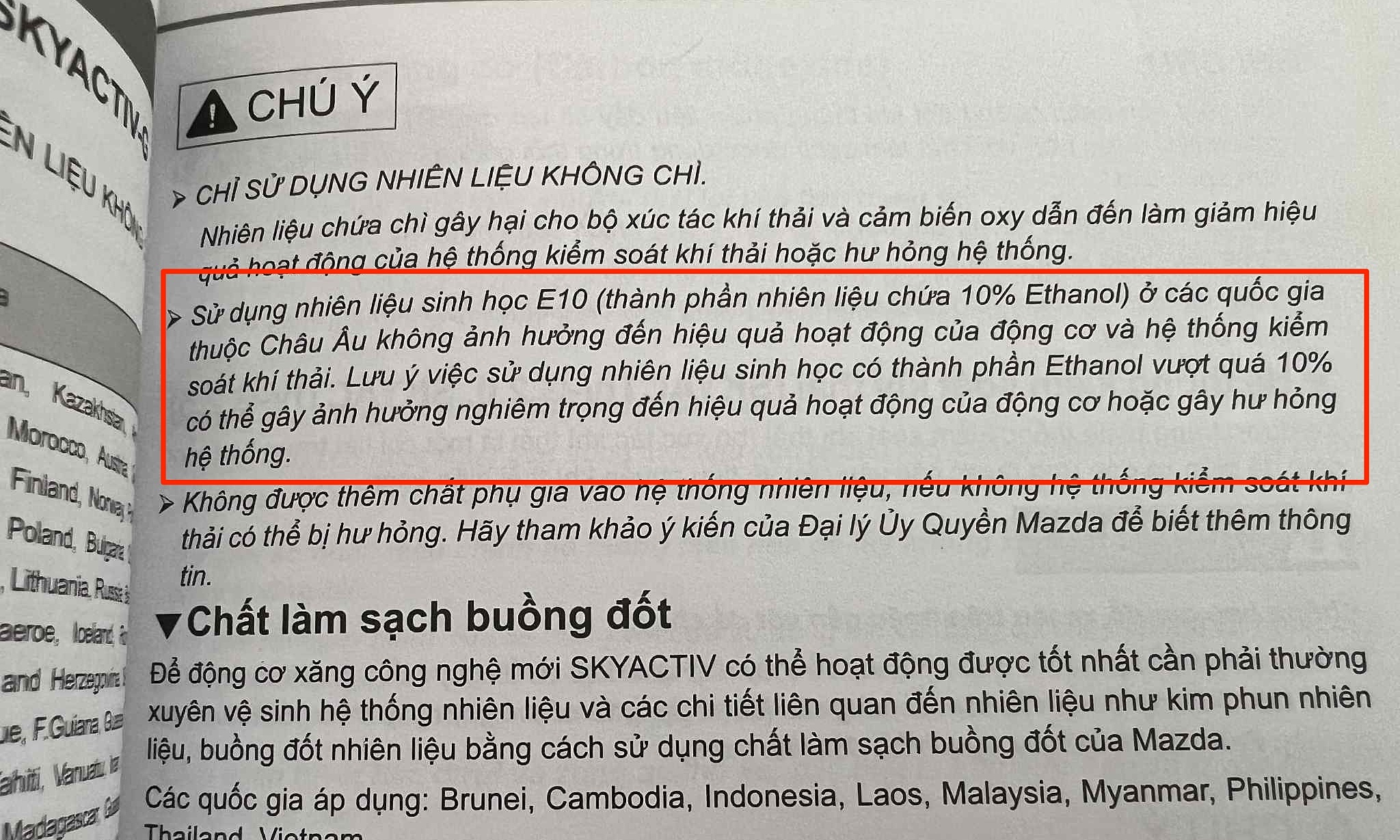 |
Fuel type for the Mazda 6. Photo: Ho Tan
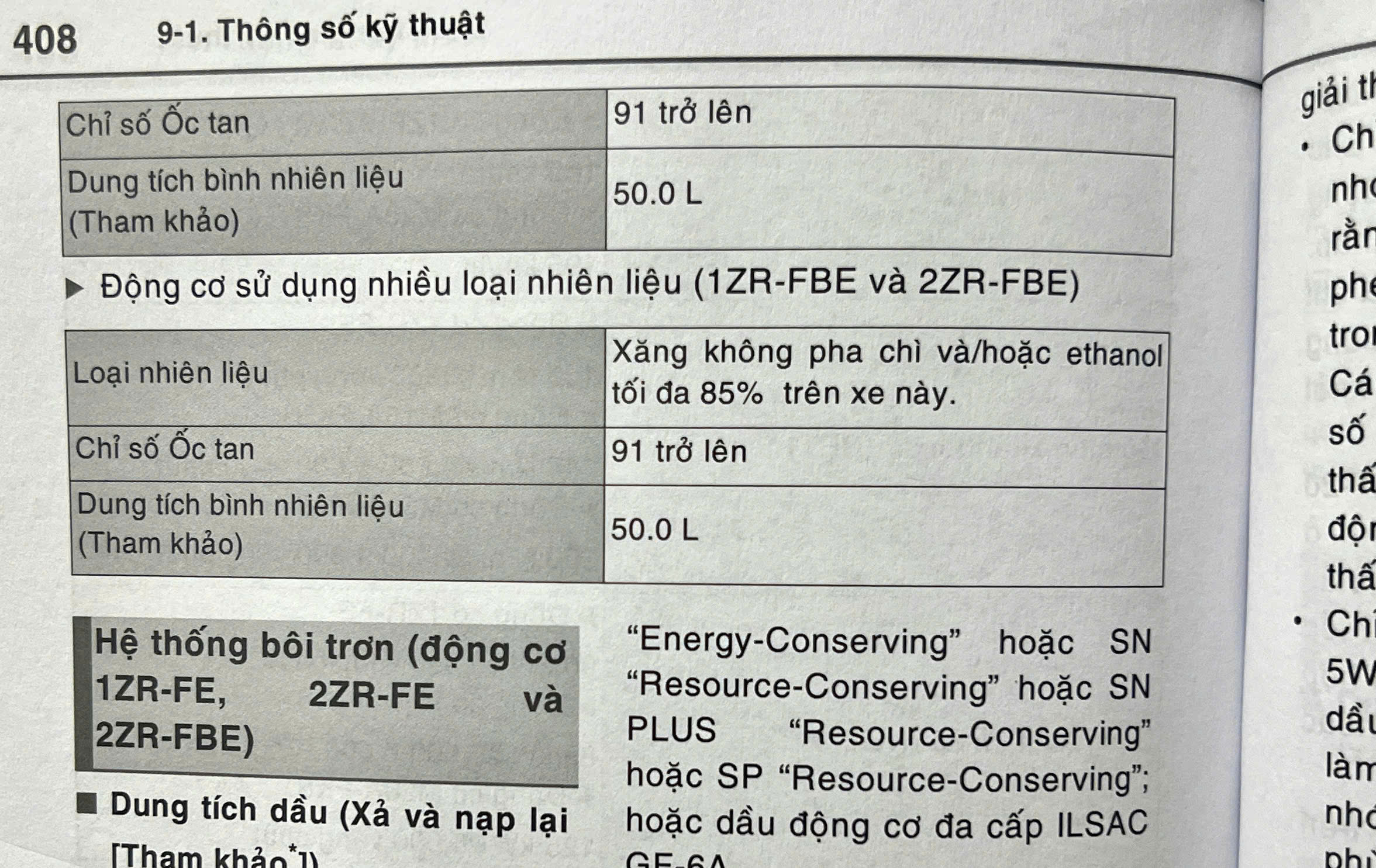 |
Fuel type for the 2022 Toyota Corolla Altis. Photo: Minh Hy
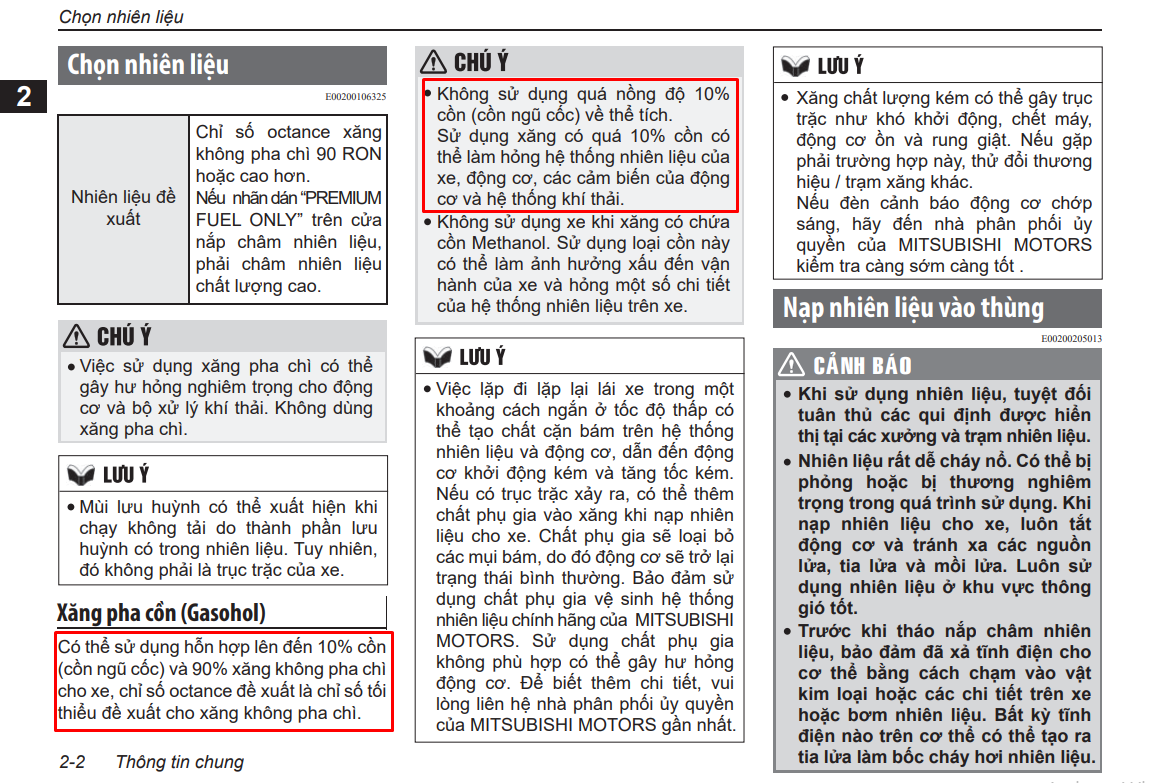 |
Instructions for using ethanol-blended fuel in the Mitsubishi Xforce. Screenshot
Most vehicles from the past 10 years can use E10 without significant impact on quality or performance. However, specific regulations vary, so owners should consult their manuals.
For example, the owner's manual for the 2021 CR-V assembled in Vietnam states that the Thai version can use biofuel up to E85 (85% ethanol, 15% gasoline). Therefore, it can naturally use E10. However, the Vietnamese market, grouped under "other markets," is only specified to use gasoline with an octane rating of 91 or higher, with no mention of biofuel.
Similarly, the 2021 Mazda6 manual states compatibility with E10 in European countries but doesn't mention Vietnam.
This localized information exists because manufacturers conduct market-specific fuel tests before making recommendations. Fuel specifications influence vehicle material standards in different markets. A gasket in a Thai engine might differ from one in Vietnam. So, a CR-V running well on E10 in Thailand doesn't guarantee the same in Vietnam.
Meanwhile, the 2022 Toyota Altis manual states compatibility with fuel up to E85 without specifying any market, implying applicability in Vietnam.
For the Mitsubishi Xforce, the manufacturer recommends a maximum of E10. Exceeding 10% ethanol or using methanol could damage the fuel system, engine, engine sensors, and exhaust system.
If the owner's manual lacks information about biofuel or provides market-specific information, contact a dealer's service advisor for advice and warranty/maintenance details regarding biofuel use.
For older vehicles (around 15 years or more) without manuals or online information, it's best to consult the manufacturer for appropriate fuel guidance.
Besides the manual, some imported vehicles may have E5 or E10 compatibility printed directly on the fuel cap (inner or outer). Typically, "Up to E10 Gasoline only" means the vehicle can use E10 or lower without harming the engine or fuel system.
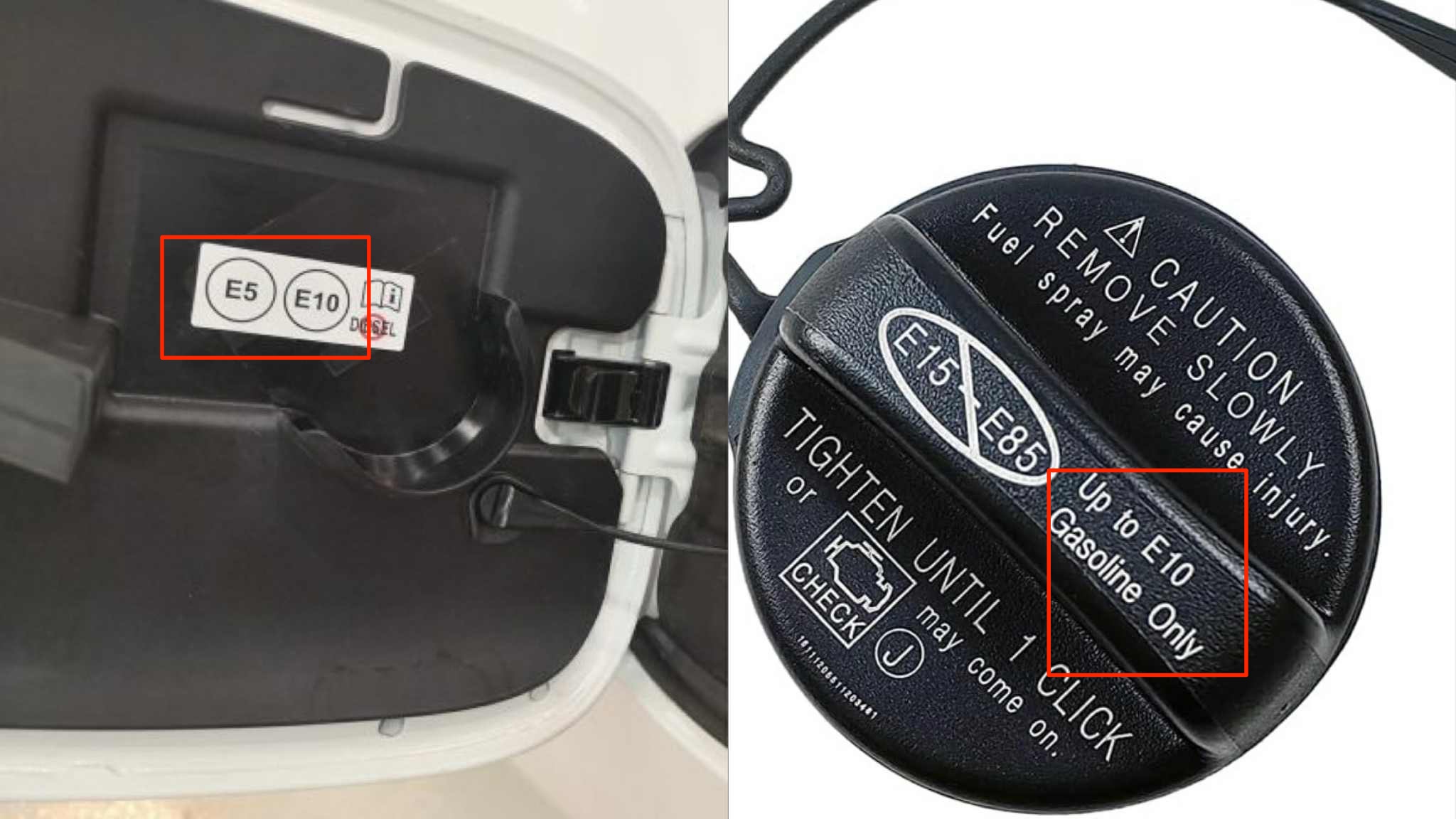 |
Compatible fuel information on a Japanese car model in the UK and US markets. Photo: Lexus UK
Additionally, some vehicles have notes like a strikethrough on "E15-E85," indicating incompatibility with E15 to E85 fuels.
Ho Tan



